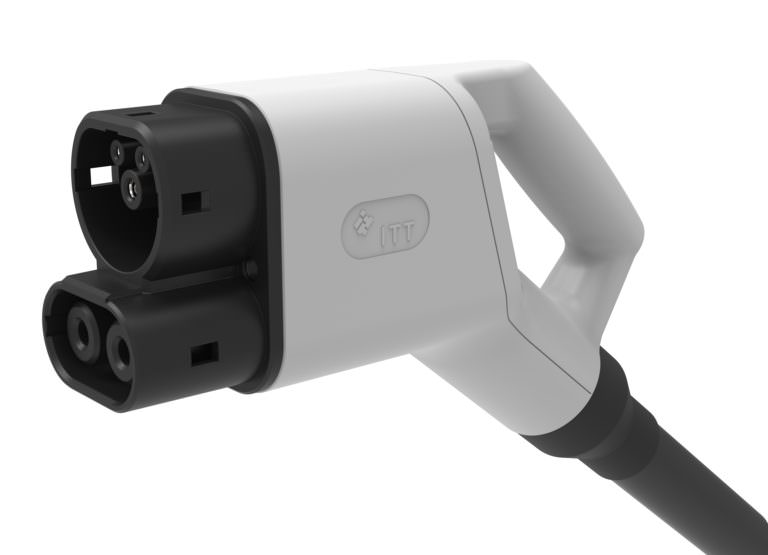Heat Transfer & Cooling

ITT Cannon’s DC High Power Charging Solution for Electric Vehicles uses unique Novec liquid cooling technology from 3M inside.
The electrical vehicle industry continues to gather pace, the market forecast to grow to $731bn by 2027 (Source: www.idtechex.com). Several factors around vehicle charging will be crucial to underpin future growth. Increased availability of charging stations, for example, will be essential to enable more widespread access to charging and reduce consumer ‘range anxiety’. Yet equally important for growing consumer acceptance of Electric Vehicles (EVs) is the speed and efficiency of charging.
In the race to develop faster charging solutions, ITT, via its Cannon brand, recently introduced a new liquid cooled DC High Power Charging (HPC) solution. Cannon’s Cooled ultra-fast charging Solution is a liquid-cooled connector, cable and cooling unit that enables charging at a level of 500 A at 1,000 V, potentially delivering a 60-mile charge in as little as three to five minutes.
The Cooled HPC charging solution uses Novec Engineered Fluids from 3M to cool in the IP-protected design. Novec is a family of fluids developed by 3M to deliver excellent performance in many heat transfer applications, with no compromise on worker safety or environmental sustainability. Novec fluids are dielectric and non-flammable, making them an advanced alternative to traditional cooling fluids such as mineral oils and water glycol, that can be used to cool EV charging cables.
Importantly, the cooling takes places in the connector itself, as opposed to cooling only the cable. The coolant flows through the cable – enabling a very small diameter – and then cools the contacts to control the temperature at the connection. This allows the Cooled DC HPC Charging solution to maintain a unique temperature profile. When charging at full power, the zone with the lowest temperature in the entire assembly is the contact between the car and the connector. Since the cooling is internal to the connector, heat is dissipated very quickly. The coolant goes from the cooling unit to the cable to the connector, and back again.
Liquid cooling is pivotal to the ITT Cannon Cooled DC High Power Charging solution, for both performance and safety – the internal cooling leading to very little thermal impact from the local current. It also enables a better user experience which was of critical importance to ITT Cannon. Without liquid cooling, the cable would be much more bulky and heavy, making it hard to handle for many mainstream users.
Says Ralf Glocker, ITT Cannon’s Senior Product Manager for Electrical Vehicle solutions: “From the beginning, our engineering team was focused on a prime handling experience. We considered all those who might not have the physical strength of an average person – they need to be able to easily handle the equipment as well. Based on our best-in-class quality pledge, we understood that we could only achieve this with a liquid-cooled solution.
“Liquid cooling allows you to reduce the cable weight by about 40 per cent. We identified that by cooling the connector itself internally, instead of just the cable, we could keep the temperatures as low as possible.”
The flexible, ergonomic and easy to use charging solution is viewed by ITT as a real enabler for helping quicker EV charging to go mainstream. Ralf Glocker continued: “ITT has been supplying the leading charging station manufacturers with trial units for several months and is now getting ready to deliver fully industrialised and certified solutions from early 2018, to support the major deployments of high power charging corridors globally.”





 Precision Cleaning
Precision Cleaning










